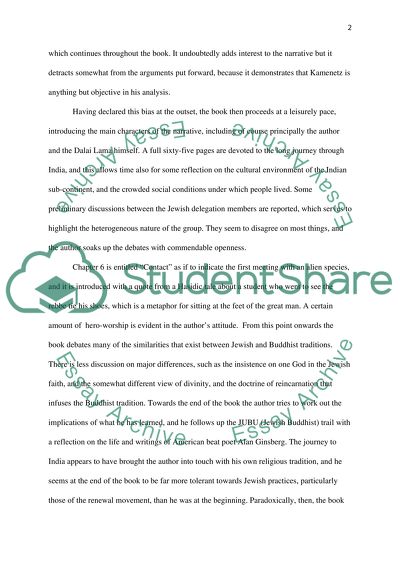Cite this document
(“Book Report on The Jew in the Lotus: A Poet's Re-Discovery of Jewish Essay”, n.d.)
Book Report on The Jew in the Lotus: A Poet's Re-Discovery of Jewish Essay. Retrieved from https://studentshare.org/religion-and-theology/1434667-book-report-on-the-jew-in-the-lotus-a-poet-s-re
Book Report on The Jew in the Lotus: A Poet's Re-Discovery of Jewish Essay. Retrieved from https://studentshare.org/religion-and-theology/1434667-book-report-on-the-jew-in-the-lotus-a-poet-s-re
(Book Report on The Jew in the Lotus: A Poet'S Re-Discovery of Jewish Essay)
Book Report on The Jew in the Lotus: A Poet'S Re-Discovery of Jewish Essay. https://studentshare.org/religion-and-theology/1434667-book-report-on-the-jew-in-the-lotus-a-poet-s-re.
Book Report on The Jew in the Lotus: A Poet'S Re-Discovery of Jewish Essay. https://studentshare.org/religion-and-theology/1434667-book-report-on-the-jew-in-the-lotus-a-poet-s-re.
“Book Report on The Jew in the Lotus: A Poet'S Re-Discovery of Jewish Essay”, n.d. https://studentshare.org/religion-and-theology/1434667-book-report-on-the-jew-in-the-lotus-a-poet-s-re.


